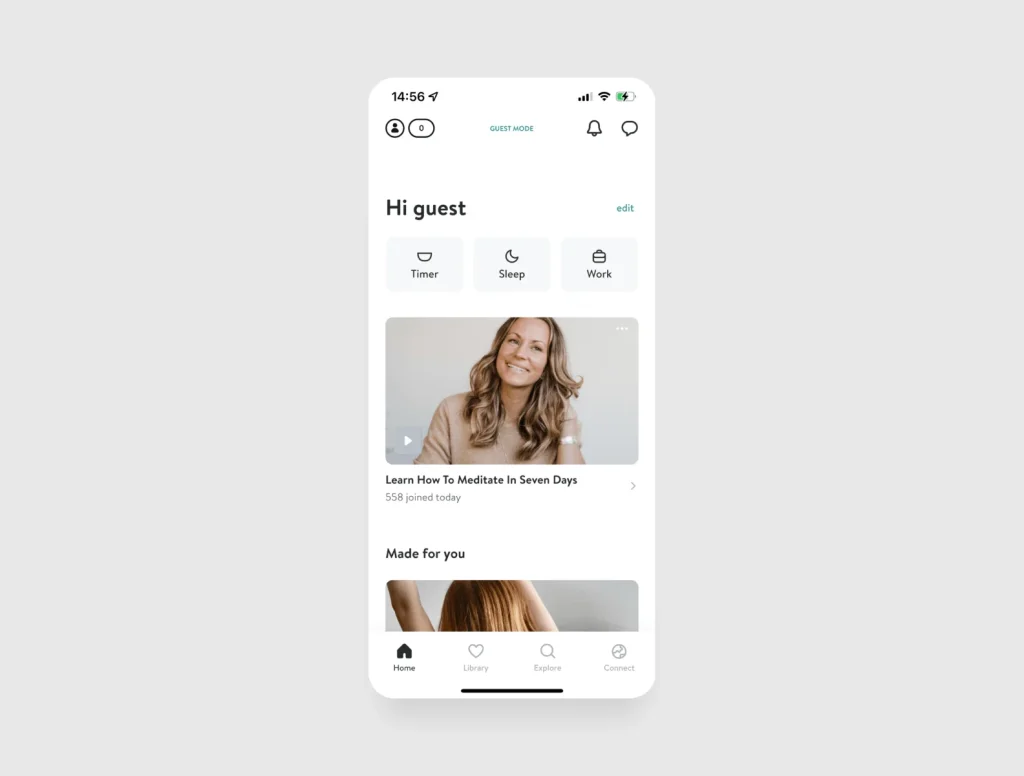
Imagine your doctor diagnosing a chronic condition, and instead of—or in addition to—a scribbled prescription for a pill, they send a code to your phone. That code unlocks an app. An app that becomes a core part of your treatment plan. This isn’t science fiction. It’s the rapidly emerging world of digital therapeutics (DTx) and prescription mobile applications.
Let’s dive in. We’re talking about software-based interventions that are clinically proven to manage, treat, or even prevent a broad spectrum of diseases and disorders. These aren’t your average fitness trackers or meditation guides. They are, in fact, regulated medical tools.
What Exactly Are We Talking About? Defining the Jargon
It’s easy to get the terms mixed up, so let’s clear the air. The whole digital health space is a bit of a jungle, but here are the key players.
Digital Therapeutics (DTx)
Think of DTx as the evidence-backed powerhouse. These are interventions driven by high-quality software to prevent, manage, or treat a medical disorder. They undergo rigorous clinical trials, just like a new drug would, to prove they’re safe and effective. They often require a prescription.
Prescription Mobile Applications
This is the delivery vehicle. A prescription app is simply a mobile application that is prescribed by a healthcare provider. Many DTx products are delivered via these apps. The key differentiator is that “prescription-only” status, which means it’s not available for general consumer download without a doctor’s say-so.
So, in many cases, a DTx is the therapeutic intervention, and the prescription app is how you access it. Simple enough, right?
How Do These Digital Pills Actually Work?
The magic—well, the science—happens through a combination of technologies. These apps are far more than just digital checklists.
They often use Cognitive Behavioral Therapy (CBT) principles for mental health conditions, delivering structured lessons and exercises directly to the patient. For chronic diseases like diabetes, they might integrate with continuous glucose monitors, providing real-time feedback and personalized coaching.
They leverage AI and machine learning to spot patterns in your data, offering insights that would be impossible to see otherwise. And many use gamification—think points, badges, and levels—to make the often-grueling work of managing your health a little more engaging. It turns treatment into a daily practice, not just a quarterly doctor’s visit.
The Real-World Impact: Where Digital Therapeutics Are Shining
Okay, so the theory is cool. But does it work in practice? The evidence is mounting, and it’s compelling. Here are a few areas where DTx is making waves.
Mental Health
This is arguably the most mature field. Apps for conditions like insomnia, anxiety, and depression deliver structured CBT programs. For example, Somryst is an FDA-authorized prescription digital therapeutic for chronic insomnia. It guides users through techniques to retrain their brain and sleep patterns over several weeks.
Chronic Disease Management
Diabetes is a prime candidate. Apps can now pull data from your glucose monitor, insulin pump, and even your fitness tracker. They analyze this data to provide personalized recommendations on everything from insulin dosing to what you might want to eat for lunch. It’s like having a diabetes coach in your pocket 24/7.
Rehabilitation and Physical Therapy
After a surgery or injury, adherence to physical therapy is crucial. Prescription PT apps can guide patients through exercises with video demonstrations, use the phone’s camera to track movement for form correction, and remind them to complete their daily routines. This closes the massive gap between clinic visits.
The Flip Side: Challenges and Hurdles on the Digital Path
It’s not all smooth scrolling, of course. The path to integrating these tools into mainstream medicine is paved with some significant challenges.
First, there’s reimbursement. Who pays for these apps? Convincing insurance companies and national health systems to cover a software subscription is a new and complex battle. The payment models are still being ironed out.
Then there’s data privacy and security. You’re entrusting incredibly sensitive health information to an app. The regulations (like HIPAA in the U.S.) are strict, but the fear of data breaches is real and justified.
And we can’t ignore health equity. These tools require a smartphone, reliable internet, and a degree of digital literacy. This risks creating a two-tiered system where only the more affluent can access these advanced forms of care. It’s a problem the entire industry is grappling with.
The Future is Prescribed: What’s Next for DTx?
So, where is this all headed? The trajectory points towards deeper integration. We’ll see more “digiceuticals”—where a digital therapeutic is bundled with a traditional drug to improve outcomes. Think of an app that helps manage the side effects of a powerful cancer drug, ensuring patients can stay on their critical treatment.
The technology will get smarter, more predictive, and more personalized. And honestly, as the evidence base grows, we’ll likely see doctors becoming more comfortable and familiar with pulling out their digital prescription pad.
It’s a fundamental shift. We’re moving from a model of episodic care, where you see a doctor when you’re sick, to one of continuous care, where your treatment is woven into the fabric of your daily life. The clinic is no longer just a place you go; it’s a tool you carry with you. And that… well, that changes everything.





More Stories
Advancements in Regenerative Medicine for Musculoskeletal Repair: Healing from Within
The Intersection of Circadian Biology and Chronic Disease Management: Why Timing Is (Almost) Everything
Integrative Approaches to Mental Health: Weaving Therapy and Nutrition Together